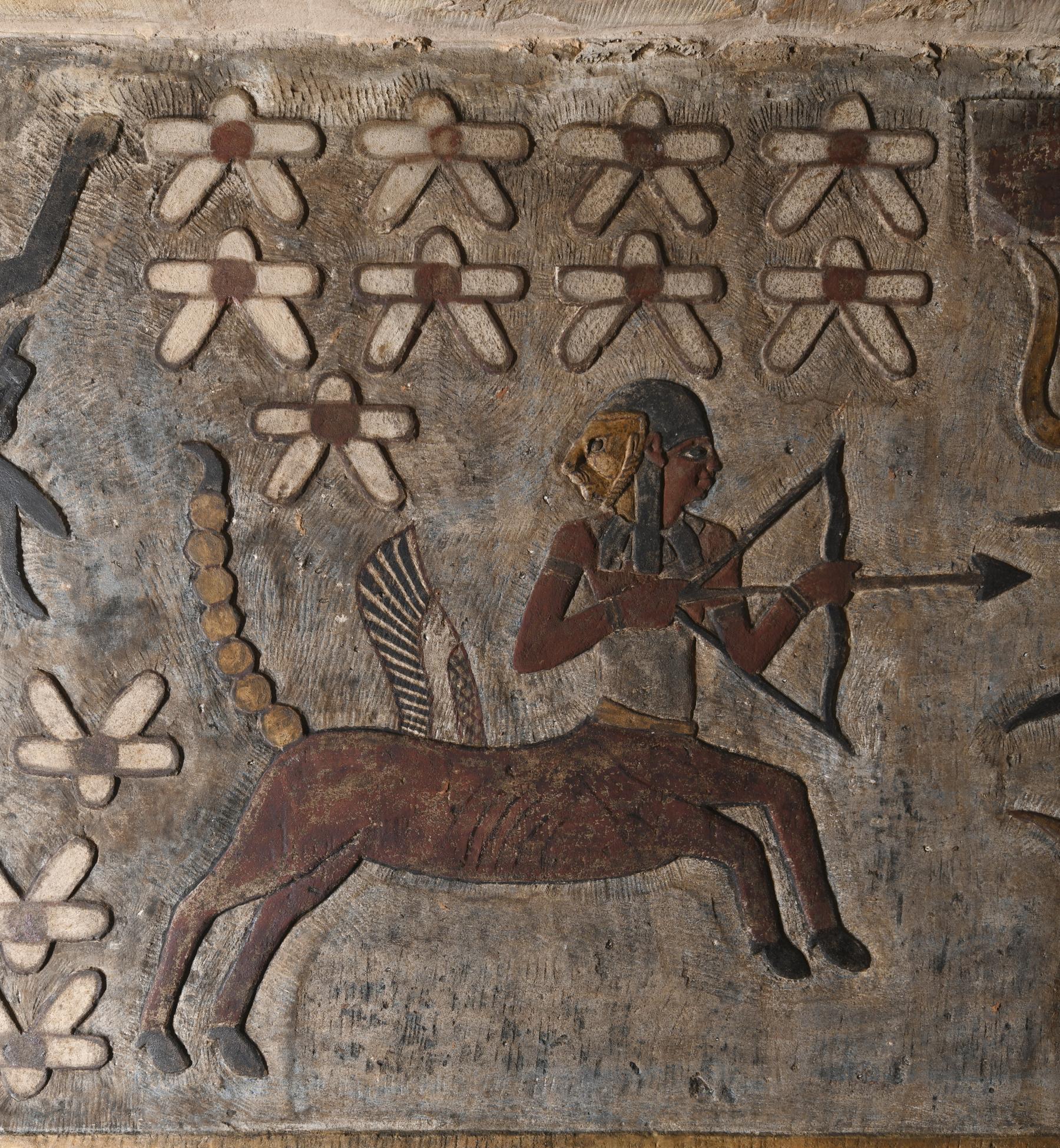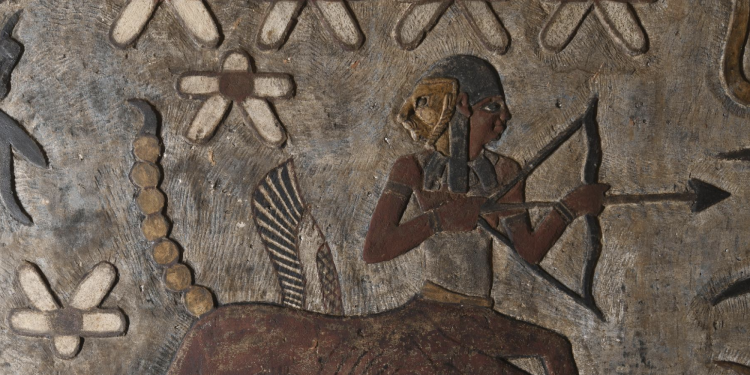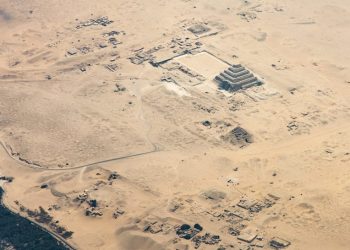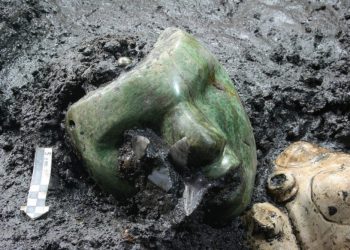An international team of archaeologists recently revealed captivating ceiling paintings and inscriptions at the Temple of Esna in Upper Egypt, providing a rare insight into the use of zodiac signs and constellations in ancient Egyptian temples.
Vivid ceiling paintings
At the Temple of Esna in Upper Egypt, a joint Egyptian-German research effort has unveiled a series of vivid ceiling paintings, including a full representation of the zodiac signs. The project, overseen by Hisham El-Leithy from the Egyptian Ministry of Tourism and Antiquities and Professor Christian Leitz of the University of Tübingen, involved the successful restoration and re-coloring of the celestial scenes by the Egyptian restoration team, led by Ahmed Emam.
Professor Leitz highlights the rarity of zodiac representations in Egyptian temples, explaining that the zodiac originated in Babylonian astronomy and only appeared in Egypt during Ptolemaic times. Researchers believe that the Greeks introduced the zodiac system to Egypt, where it gained popularity. Dr. Daniel von Recklinghausen, a Tübingen researcher, points out that zodiac imagery is primarily found in private tombs, sarcophagi, and astrological texts, such as horoscopes on pottery sherds, with only two fully preserved temple examples outside of Esna.

Vibrant depictions of snakes, crocodiles, and other mythical creatures
Apart from the zodiac signs and star constellations, the restoration uncovered vibrant depictions of snakes, crocodiles, and other mythical creatures, such as a snake with a ram’s head and a bird with a crocodile’s head, snake tail, and four wings. The archaeologists also discovered previously unknown inscriptions during the restoration. Hidden beneath a layer of dirt and soot for almost 2,000 years, the ceiling paintings and inscriptions remained concealed and unrecognizable for centuries.
The Temple of Esna, located 60 kilometers south of Luxor, features a complete vestibule (pronaos) measuring 37 meters in length, 20 meters in width, and 15 meters in height. Erected under Roman Emperor Claudius (41–54 AD) in front of the main temple building, the sandstone structure likely overshadowed it. The pronaos’ central city position likely contributed to its preservation and spared it from being used as a quarry during Egypt’s industrialization, unlike other ancient structures.
The pronaos, considered an excellent example of ancient Egyptian temple architecture, has captured scholarly interest since Napoleon’s era. The ongoing restoration work, sponsored by the American Research Center in Egypt, the Ancient Egypt Foundation, and the Gerda Henkel Foundation, has been underway for five years.
PLEASE READ: Have something to add? Visit Curiosmos on Facebook. Join the discussion in our mobile Telegram group. Also, follow us on Google News. Interesting in history, mysteries, and more? Visit Ancient Library’s Telegram group and become part of an exclusive group.
Join the Conversation!
Have something to share or discuss? Connect with us on Facebook and join like-minded explorers in our Telegram group. For the latest discoveries and insights, make sure to follow us on Google News.











